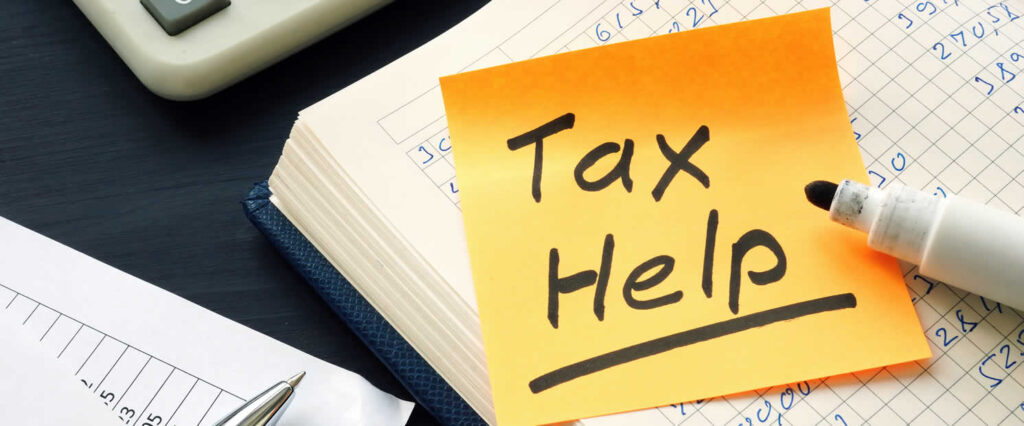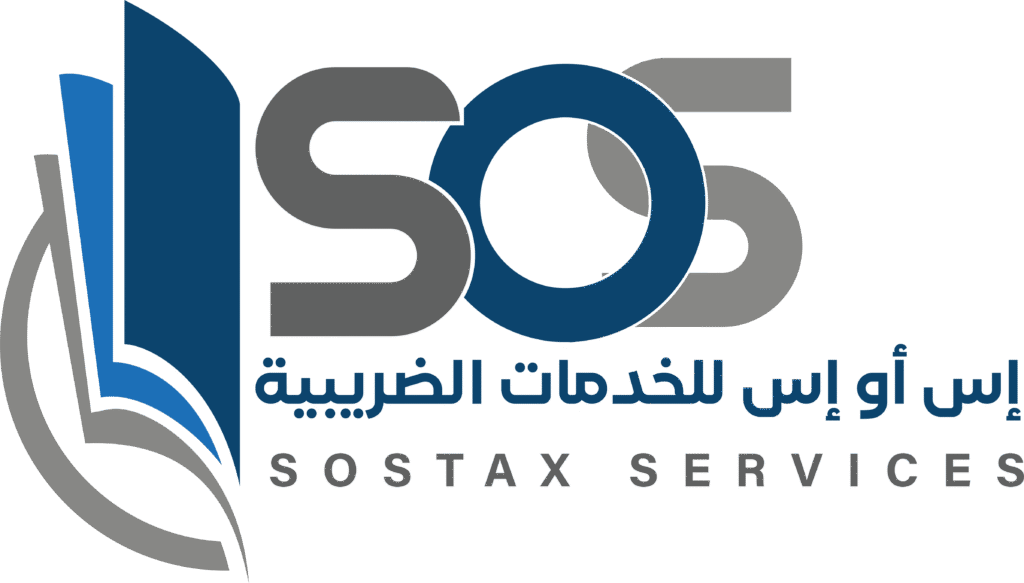- home
- Services
- VAT Services in the UAE — Registration, Filing & Audit Support
VAT Services in the UAE — Registration, Filing & Audit Support
We handle VAT registration, VAT201 returns, input-tax recovery, Designated Zones, Reverse Charge (RCM), and refunds.
VAT Services in the UAE — Registration, Filing & Audit Support
VAT in the UAE is 5%. You must register if taxable sales/imports are AED 375,000+ (voluntary at AED 187,500+). Non-resident businesses making taxable supplies in the UAE must register.
VAT returns are usually due by the 28th day after the tax period ends.
What We Do (Comprehensive)
- VAT Registration & Deregistration (resident, non-resident, VAT Group)
- VAT201 Return Preparation & Filing with reviewer notes and tie-outs
- Reverse Charge Mechanism (RCM) for imports/inbound services (correct output + input self-accounting)
- Designated Zones (DZ) for Goods — treatment for mainland↔DZ movements and exports
- Input Tax Recovery & Apportionment (mixed/exempt activities; annual adjustments)
- Corrections & Voluntary Disclosures; penalty mitigation and reconsiderations
- FTA Audit Support & Health Checks (pre-audit readiness, system/process reviews)
- VAT Refunds (excess input tax; special schemes where applicable)
VAT at a Glance (UAE)
- VAT rate: 5% (effective since 1 Jan 2018)
- Registration thresholds: Mandatory at AED 375,000; voluntary at AED 187,500
- Tax periods: Quarterly for most SMEs; monthly for higher turnover (assigned by FTA)
- Platform: EmaraTax for filing and payments
- Key risk: Late filing/payment and weak documentation → FTA penalties

Our UAE-Compliant Process
- Scope & Assess — Check thresholds, nexus, non-resident obligations, VAT group options.
- System Setup — Tax codes (5% / 0% / exempt / RCM), TRN controls, Emirate-wise mapping, user roles.
- Period Close — Reconcile sales, purchases, RCM, customs BoE, DZ movements, bank.
- Prepare & File VAT201 — Variance review, submit on EmaraTax, schedule payment.
- Archive & Improve — Store returns + proofs (min. 5 years), deliver Management Summary (risks, fixes).
How VAT Works (Simple Example)
- You sell goods AED 100 → charge AED 5 VAT → collect AED 105.
- You bought inputs AED 50 + AED 2.5 VAT.
Net VAT payable = 5.0 – 2.5 = AED 2.5.
We make sure your system captures this correctly and the VAT201 reflects the right ne
What a UAE Tax Invoice must show
• The words “Tax Invoice”
• Your legal name & address and TRN
• Invoice number and date
• Customer name & address (and TRN if they’re VAT-registered)
• Description of goods/services, quantity, unit price
• Taxable amount, VAT rate, VAT amount, total
• If billed in a foreign currency, show the VAT amount in AED (Central Bank rate)
• If RCM applies, add a clear RCM note
• Credit notes must refer to the original invoice and show the adjusted VAT
Reverse Charge (RCM) — simple rule
• For imports and services from abroad, you calculate VAT yourself in the return.
• Post both output VAT (you charge yourself) and input VAT (you claim back) in the same return.
• Keep proof: contracts/invoices and customs/import statements.
Designated Zones (DZ) — quick rule
• DZ rules mainly affect goods (some movements can be out-of-scope/0% if conditions are met).
• Services in a DZ usually follow normal VAT rules.
• We keep a DZ movement log and shipping proofs each period.
Ready to stay compliant (and penalty-free)?
Let’s review your VAT setup and file your next VAT201 with a clean evidence pack.

Industry Notes (Selected)
- Real Estate: Commercial property → generally taxable; residential leases → generally exempt after first supply.
- Healthcare & Education: Certain supplies can be zero-rated with conditions/evidence.
- Financial Services: Many are exempt (limits input recovery) unless fee-based taxable services apply.
- E-commerce/Marketplaces: Customer location/evidence matters; ensure correct coding and proofs of export.
Documents We Typically Need
- Trade licence, owners’ IDs, TRN (if any)
- Sales & purchase registers (with VAT codes), tax invoices/credit notes
- Customs Bill of Entry, shipping/export proofs, import statements
- Bank statements, trial balance, ERP tax reports
- DZ movement records (if applicable), contracts for RCM services

Common Mistakes & Audit Triggers
Missing or incorrect TRN on invoices
RCM posted only on input, not on output (or vice-versa)
Claiming input VAT on blocked items or without proper tax invoices
Treating DZ services as out-of-scope
Not reconciling VAT201 to the GL/ERP and bank
Weak record retention (less than the required 5 years)
Health-Check (Quick Self-Audit)
Do your invoice templates meet UAE VAT requirements?
Are RCM purchases automatically creating the two-leg journal?
Can you evidence exports (commercial docs + transport proofs)?
Do you apportion input VAT for exempt activities and true-up annually?
Is your VAT201 reconciled to GL and bank each period?
Are records archived for 5+ years with easy retrieval?
Service Packages (optional)
Essential VAT Filing — Registration (if needed), quarterly VAT201 filing, evidence pack, email support.
Growth VAT Care — Monthly/quarterly filing, RCM/DZ handling, management summary, priority support, staff training.
VAT Plus (Audit-Ready) — All of the above + pre-audit health check, process SOPs, refund applications, and voluntary disclosures.
We’ll tailor scope and fees to your business size, industry, and transaction volume.
Frequently Asked Questions
A 5% consumption tax on most goods and services, collected by businesses and remitted to the FTA.
Mandatory at AED 375,000 taxable supplies; voluntary from AED 187,500 (supplies or expenses).
Typically quarterly; monthly for larger turnover. Your period is assigned in EmaraTax.
At least 5 years after the end of the relevant tax period (longer for certain assets/real estate).
By the statutory due date in EmaraTax for each tax period (file and pay by the deadline).
No. Some items are blocked. You also need valid tax invoices and business nexus.
We review materiality and file a correction or voluntary disclosure if required.
Get in touch

